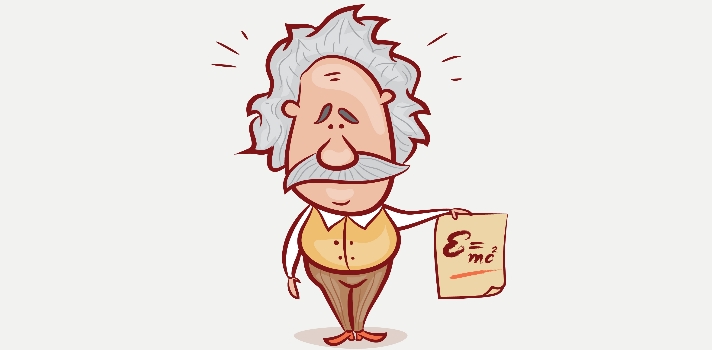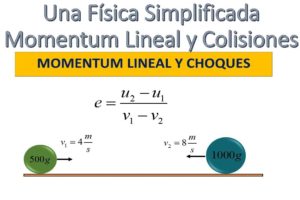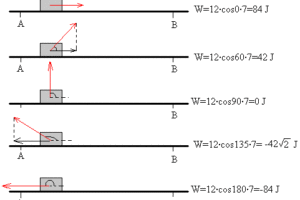Description
With this free course of 86 video lessons you will learn about the most important concepts of Physical Relativity
The theory of relativity includes both the theory of special relativity and that of general relativity, formulated mainly by Albert Einstein in the early twentieth century, which sought to resolve the incompatibility between Newtonian mechanics and electromagnetism. The theory of special relativity, published in 1905, deals with the physics of the motion of bodies in the absence of gravitational forces, in which Maxwell's equations of electromagnetism were made compatible with a reformulation of the laws of motion. In the theory of special relativity, Einstein, Lorentz and Minkowski, among others, unified the concepts of space and time, in a four-dimensional branch that was called spacetime. Special relativity was a revolutionary theory for its time, with which Newton's absolute time was relegated and concepts such as invariability in the speed of light, time dilation, length contraction and equivalence between mass and energy were introduced. Furthermore, with the formulations of special relativity, the laws of Physics are invariant in all inertial reference frames; as a mathematical consequence, it is found as an upper limit of speed than that of light and eliminates the deterministic causality that physics had until then. It should be noted that Newton's laws of motion are a particular case of this theory where mass, when traveling at very small speeds, does not experience any variation in length or transform into energy and time can be considered absolute.
The theory of general relativity, published in 1915, is a theory of gravity that replaces Newtonian gravity, although it numerically coincides with it for weak gravitational fields and "small" velocities. The general theory is reduced to the special theory in the absence of gravitational fields. General relativity studies gravitational interaction as a deformation in the geometry of spacetime. This theory introduces the concepts of the curvature of spacetime as the cause of gravitational interaction, the equivalence principle that says that for all inertial local observers the laws of special relativity are invariant and the introduction of the motion of a particle by geodesic lines. General relativity is not the only theory that describes gravitational attraction, but it is the one that has found the most verifiable relevant data. Previously, the gravitational interaction was described mathematically by means of a mass distribution, but in this theory not only the mass perceives this interaction, but also the energy, through the curvature of spacetime and that is why another mathematical language is needed to be able to describe it, the tensor calculus. Many phenomena, such as the curvature of light by the action of gravity and the deflection in the orbit of Mercury, are perfectly predicted by this formulation. General relativity also opened up another field of research in physics, known as cosmology, and is widely used in astrophysics.1
On March 7, 2010, the Israeli Academy of Sciences publicly exhibited Einstein's original manuscripts (written in 1905). The document, which contains 46 pages of handwritten mathematical texts and formulas, was donated by Einstein to the Hebrew University of Jerusalem in 1925 on the occasion of its inauguration.






Reviews
There are no reviews yet.